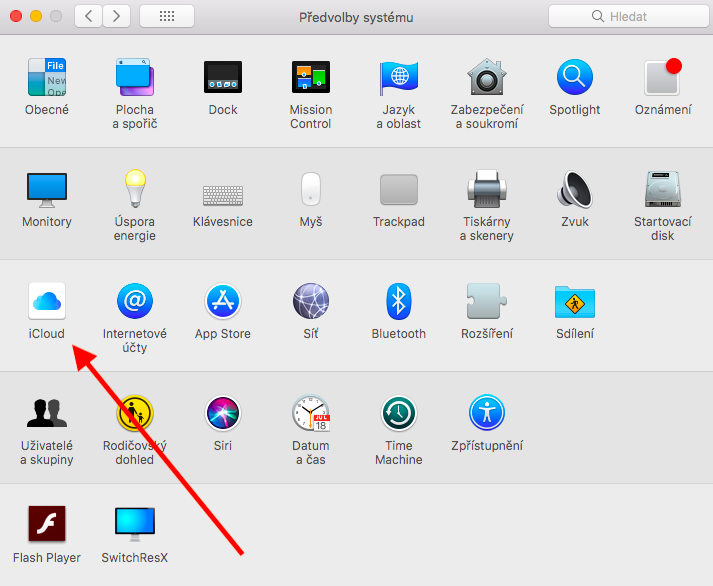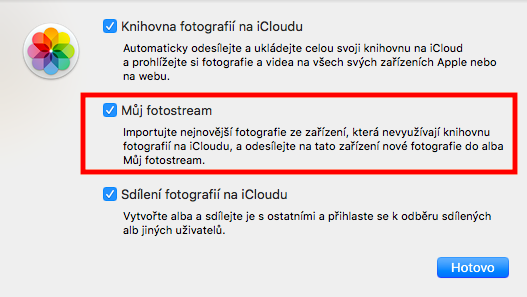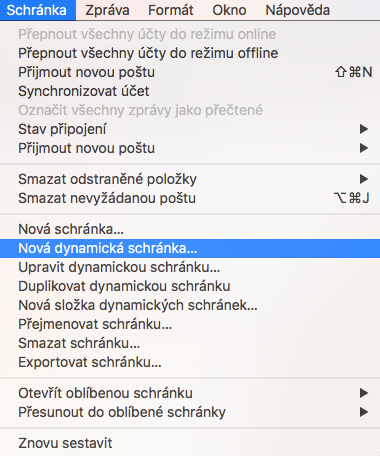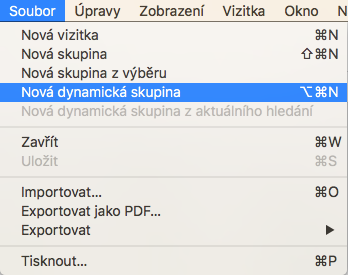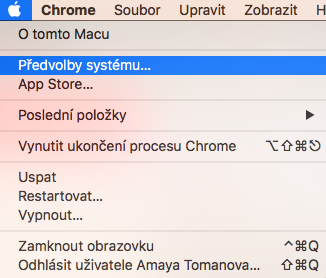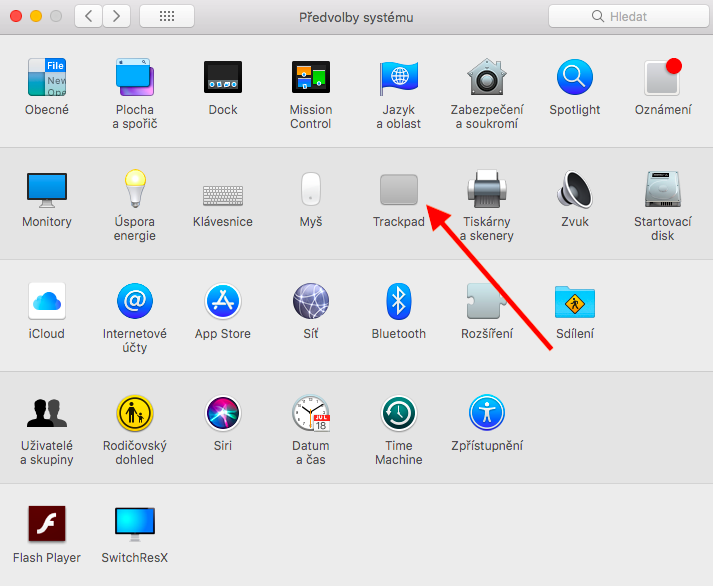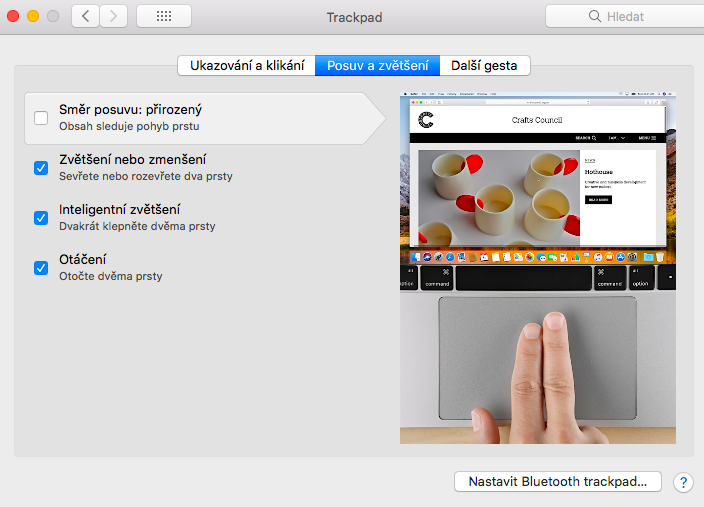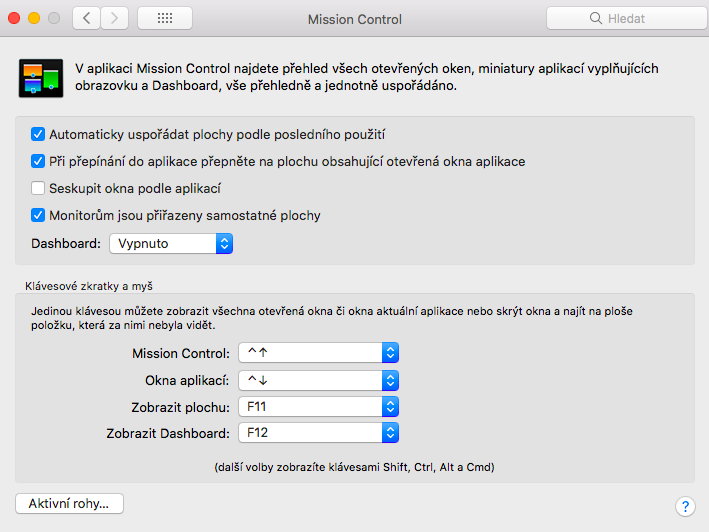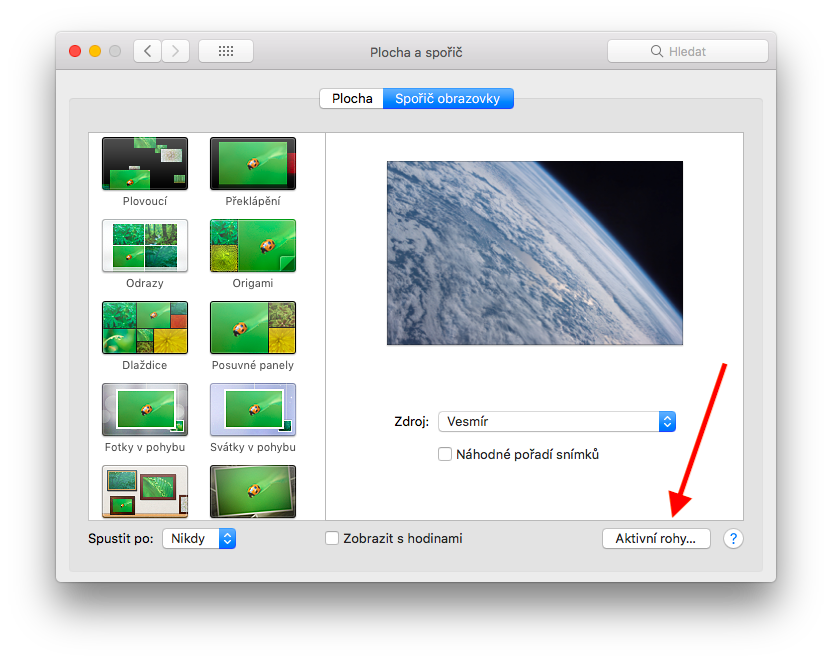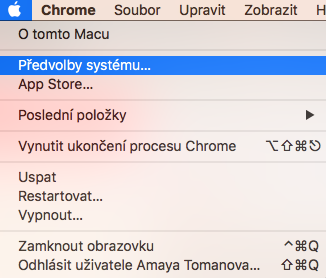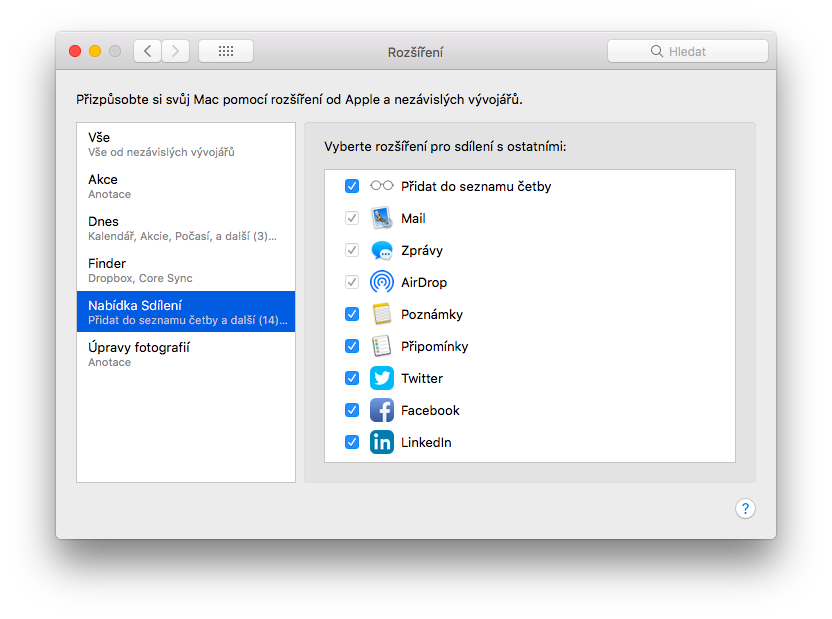Have you recently purchased a new Mac, or do you just want to get better acquainted with the relevant terms and start using your Apple computer to the maximum? Then today's article might be useful for you, which provides an overview of the most basic terms in "applespeak" and features that will make your work with Mac more convenient, faster and more efficient.
Finder
The Finder acts as an explorer and file manager on the Mac. In a simple interface, you can run individual files, copy, extract, insert, rename, and perform other basic operations. The Finder icon, with its distinctive smiley face, hides on the left side of the Dock at the bottom of your Mac's screen.

Quick preview / Quick Look
Quick Preview is a useful feature in the Finder that allows you to partially view a file without having to open it in the appropriate application. To activate the quick preview, select the file, highlight it with one click of the mouse, and then press the space bar. Press the space bar again to close the preview again. For full-screen previews, use the keyboard shortcut Option/Alt + Spacebar.
Spotlight
Spotlight is a system-wide search mechanism on the Mac. You can launch it from practically anywhere by pressing the keyboard shortcut Cmd + space, then enter the desired term in the search field. Through Spotlight you can search for files, folders, applications, but also perform currency and unit conversions or open system settings.
Notification Center
Similar to iOS devices, Macs have their own Notification Center. This is a sidebar containing application and system notifications. You activate the notification center by clicking on the line icon in the upper right corner of your Mac screen (in the top menu bar). You can customize and set the content of the Notification Center by clicking on the settings icon in the lower right corner of the panel.
FileVault
FileVault is a disk encryption utility for your Mac. You can set the settings by clicking the Apple Menu in the upper left corner of your Mac screen -> System Preferences -> Security & Privacy -> FileVault. In the settings tab, click on the FileVault item, to make changes, you need to click on the lock icon in the lower left corner and enter the login password.
iWork
iWork is the default office suite for the Apple platform. It offers applications for writing, tables and presentations, in addition to its own formats, it also offers easy, fast and reliable conversion to the Microsoft platform format.
My photo stream
My Photo Stream is an Apple feature that lets you sync photos across your Apple devices without backing them up to the cloud. Activate Photostream by clicking on the Apple menu in the upper left corner of the screen -> System Preferences -> iCloud -> Photos.
Dynamic groupings
This feature allows you to filter data based on one or more conditions. Applications such as Finder, Mail, Photos or Contacts contain it. In each application, this function has a specific name - in the Photos application, you activate the function by clicking File -> New dynamic album, in Contacts File -> New dynamic group, in Mail, for example, Mailbox -> New dynamic mailbox.
Mission Control
Mission Control is a feature that helps you use gestures with window management on your Mac. You can start the Mission Control function by pressing the F4 key, you can switch between individual active applications by swiping three fingers sideways on the trackpad. If you swipe upwards on the trackpad with three fingers, you activate App Exposé, i.e. the display of all the windows of the current applications.
Natural feed direction
The natural scrolling direction on the Mac means that the content on the screen follows the movement of your fingers as you swipe. As comfortable and natural as this scrolling direction may seem on a mobile device, it may not work for you on a Mac. You can change the settings in System Preferences -> Trackpad -> Pan and zoom.
Look Up
Look Up is a trackpad gesture that lets you quickly and easily look up the meaning of a word in the dictionary or preview a web link. To activate Look Up, click on the desired object with three fingers, you can turn on the gesture by clicking on System Preferences -> Trackpad -> Search and data detectors.
Active corners
Thanks to the active corners function, you can activate the selected function by moving the mouse cursor to one of the corners of the display. You can set active corners in System Preferences -> Mission Control, or in System Preferences -> Desktop and Saver.
Sharing tab
This is a list of apps and features that let you share content from your Mac. You can set sharing options in System Preferences -> Extensions -> Sharing menu.
Continuity
They say that you can only enjoy the full benefits of an Apple device when you own more than one. A good example is a feature called Continuity, which allows a convenient transition between devices. With Handoff, you can complete tasks across devices in apps like Safari, Mail, or Pages, while Universal Clipboard lets you copy and paste from one device to another. You can also set up your Apple devices to receive calls and messages from your iPhone on your Mac. Activate receiving calls from iPhone on other devices in Settings (on iPhone) -> Phone -> On other devices.






